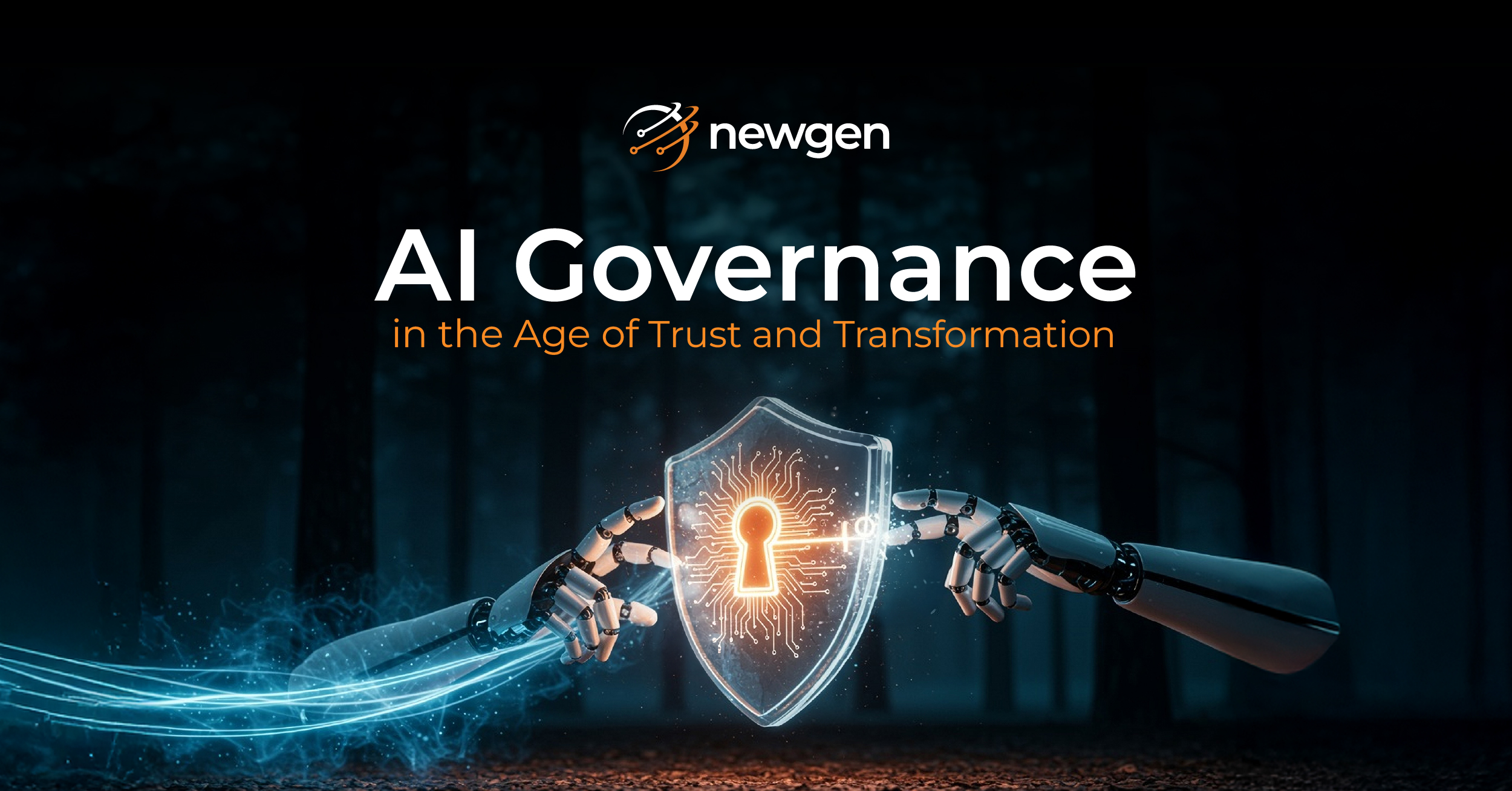Scenario 1: On a relaxed weekend evening, two best friends, John (customer of insurance provider A) and Martha (customer of insurance provider B), met for coffee. Halfway through their catch-up, John’s phone beeps. He was peeved, which aroused Martha’s curiosity at the odd reaction from her otherwise calm friend. John lamented that he received a last-minute reminder from his insurer for his motor insurance renewal! And that too, an email!
Martha sympathized with John and showed how her insurance provider sends her renewal reminders on different digital channels – emails, SMS, and messenger (her preference)- at regular intervals starting 90 days before policy lapse.
Take away: Martha is satisfied with her insurance provider B and renews the policy on time. And John switched his provider from A to B.
Scenario 2: John receives a timely notification (3 months prior to the policy lapse) on his preferred channel – SMS. And thereafter, subsequent reminders at intervals. He has enough time to sort out his finances and renew the policy. During his coffee outing with Martha, motor insurance doesn’t make it into their conversation.
Takeaway: John is a happy and engaged customer, and switching providers doesn’t cross his mind.
So, what exactly prompted this change in the second scenario?
The real game-changer for the insurance provider in this scenario was a personalized and flexible approach to customer communication. Embracing a customized insurance communication approach can work wonders for insurers wishing to build long-lasting relationships with their customers.
But what steps can insurers take to make this transformation a reality?
By implementing these strategies, insurance providers can revolutionize their customer communication, enhancing customer satisfaction, and loyalty, building long-lasting relationships.
Multi-Channel Approach
Insurance companies should adopt a multi-channel approach to reach their customers. This includes using various communication platforms like email, SMS, and messenger apps to cater to different customer preferences.
Timely and Proactive Communication
Sending timely notifications well in advance of policy expiration is crucial. This proactive approach gives customers sufficient time to plan and renew their policies without feeling rushed or inconvenienced.
Personalization
Tailoring messages to individual customers based on their history and preferences is essential. This can include addressing customers by their names, offering personalized discounts, and providing relevant information.
Frequency Management
Be mindful of the frequency of reminders. Too many reminders can be annoying, while too few may lead to customers forgetting about their renewals. Striking the right balance is vital.
Feedback Mechanisms
Encourage customers to provide feedback on their preferred communication methods and frequency. This data can help insurers fine-tune their approach.
Digital Transformation
Invest in technology to automate and streamline the communication process. Utilize data analytics and AI to identify the most effective communication strategies.
Continuous Engagement
Communication shouldn’t stop once the policy is renewed. Insurers should continue engaging with customers, providing valuable information and support throughout the policy term.
Challenges Faced by Insurers
Error-prone and Tedious Communication Journeys
Insurers who execute their customer communication process manually face the risk of higher chances of errors, which can lead to dealing with vexed and exasperated customers.
Furthermore, the customer communication journey becomes inefficient and time-consuming without a centralized application to help insurers monitor, manage, and keep track of the communication processes.
Low Process Visibility
To satisfy and retain customers, it is a must for insurers to stay on top of all stages of insurance communication. However low process visibility and delayed updates on customer insights can lead to a setback for insurers when it comes to taking corrective actions in time.
Lack of Seamless and Personalized Customer Communication
Legacy systems can complicate the process of managing customer communication flow for insurers across channels and platforms. Additionally, the presence of multiple legacy applications can result in a lack of personal touch, making it harder for insurers to connect with their customers.
Data Security Concerns
Insurers grapple with the critical task of protecting sensitive customer data. As the threat of data breaches and cyberattacks looms larger, the associated costs and complexities of maintaining robust data security measures can strain resources. These security measures, while essential, sometimes disrupt the goal of providing customers with a seamless and efficient experience.
Regulatory Compliance Challenges
The insurance industry operates under a web of stringent regulations, which necessitates ongoing diligence. The challenge lies in navigating these diverse regional rules, which can be time-consuming and resource-intensive. Ensuring full compliance in all customer communications becomes a complex task for insurers, affecting the overall efficiency and agility of their communication processes.
Unlock the potential of on-time and personalized customer communication to boost your insurance renewal rate
In the first scenario, John felt disconnected from his insurance provider, and the last-minute insurance renewal reminder ruined his experience. Inopportune and non-personalized communications and notifications to customers can destroy their trust in the brand. In industries like insurance, where customer acquisition costs are too high, customer retention becomes the source of profitability.
Insurers can maximize customer retention at multiple stages during the insurance journey. Right from acquisition through every interaction (including mid-term adjustment, claims, up-sell, and cross-sell activities) and finally, policy renewal, insurers need to close the communication gap to up their retention rate.
To do this, insurers need to adopt a modern customer engagement platform to send targeted, personalized, on-time communications to customers on their preferred channels throughout their insurance journey.
Here’s why a modern customer engagement platform can help organizations reshape their customer communication journey.
Timely and Defined Communication
Opportune time, once lost, can prove to be costly for insurance carriers. Those who recognize this and implement timely and prompt customer communication can extract far better results.
A modern customer engagement platform helps insurers set up communication journeys for different insurance processes based on a specific time or event – for instance, insurers can set up reminders across portals for policy renewals at frequent intervals.
Set up Multiple Communication Journeys
Everything starts and ends with the customer. Hence, a customer-centric approach is pertinent for any insurer to thrive in their insurance communication journey. With a modern customer engagement platform, insurers can swiftly design insurance communication journeys across channels to connect with customers at each stage and at their convenience.
Journey Mapping
To successfully wow their customers by delivering personalized experiences, insurers can’t afford to miss out on engaging with them at each touchpoint. This becomes easier with a modern customer engagement platform that allows insurers to map their customer journeys based on timelines or events with reminders, notifications, and documents.
Data-Driven Insights
Modern customer engagement platforms are equipped with data analytics capabilities. Insurers can harness these insights to gain a deeper understanding of their customers’ behaviors, preferences, and pain points. This data-driven approach enables insurers to tailor their communication journeys more effectively, ensuring that the right message is delivered to the right customer at the right time. It also allows for continuous improvement by analyzing the performance of different communication strategies and adjusting them as needed.
Automation and Scalability
Automation is a key advantage of modern customer engagement platforms. Insurers can automate routine communications, such as policy renewals and claims updates, which not only reduces the risk of errors but also frees up valuable human resources for more complex tasks.
Moreover, these platforms offer scalability, allowing insurers to adapt to changing customer needs and communication requirements efficiently. This ensures that as the business grows, the customer communication journey can evolve and expand without significant operational disruptions.
Newgen’s Omnichannel Customer Engagement platform is perfect for insurers looking to modernize their communication journeys, engage effectively with customers across channels, and get real-time insights on customer actions.
You might be interested in




